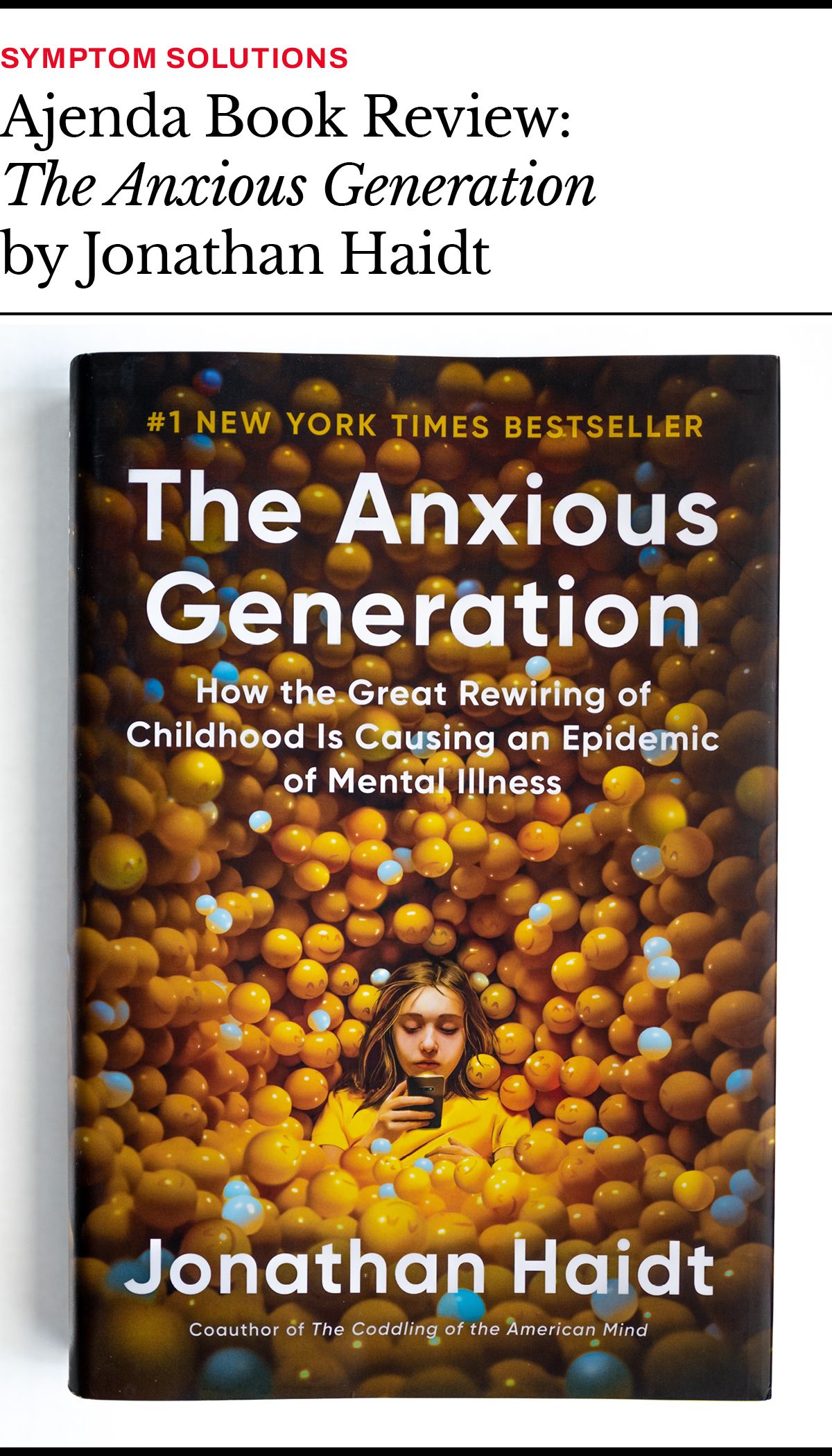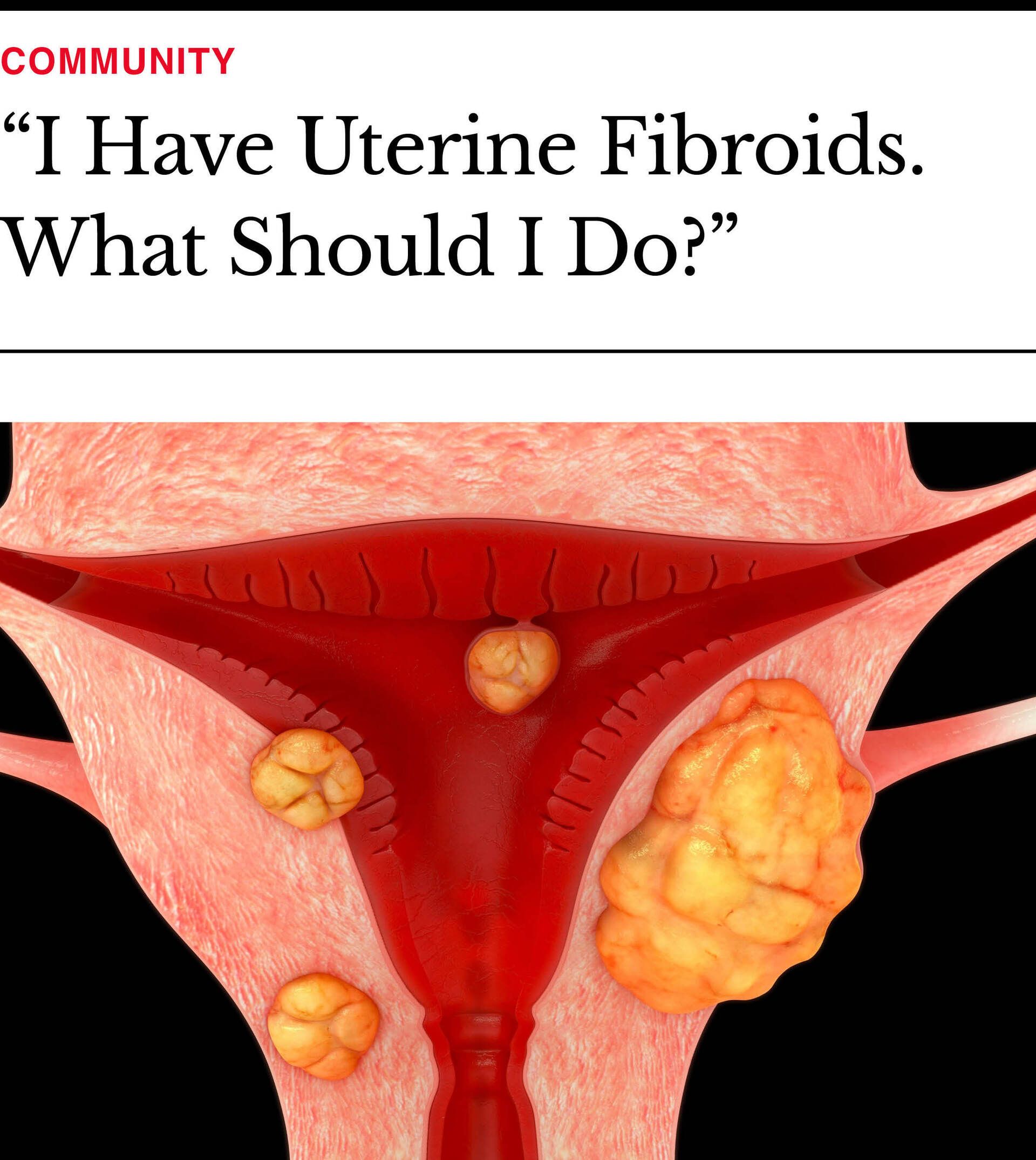- Today's Ajenda
- Posts
- TODAY'S AJENDA #75
TODAY'S AJENDA #75
Welcome to TODAY'S AJENDA!



Recently, I’ve been receiving a lot of questions about whether or not NSAIDs are helpful or harmful for muscle soreness or to speed up musculoskeletal recovery.
The What: NSAIDs are nonsteroidal anti-inflammatory drugs that reduce pain and inflammation. Think ibuprofen (Advil, Motrin) and naproxen (Aleve).
The How: NSAIDs work by blocking enzymes (COX-1 and COX-2) that produce prostaglandins, the chemicals that trigger inflammation and pain.
On paper, it seems logical. Block inflammation, ditch the pain, and return to normal faster. Perfect for muscle soreness, right? But like most things in the medical world, there’s a catch:
NSAIDs and Muscle Soreness
While some types of prostaglandins trigger pain, others are key for muscle repair and growth:
Zoom In: When you exercise, your muscles develop tiny tears that heal stronger than before. Prostaglandins help with this rebuilding process, known as muscle protein synthesis.
But NSAIDs mute prostaglandins' ability to help with that process. While your pain might vanish, you’re swapping the long-term gains of stronger muscles for temporary comfort.
Science Says: In a 2009 study, 8 men did leg exercises. One leg was infused with an NSAID, the other with a placebo. The NSAID leg showed 96% fewer satellite cells, the stem cells that drive muscle repair. Of course, yes, these studies need to be done in women specifically too!
The irony is that both legs were sore. In other words, the whole point of NSAIDs (less soreness) might not even be legitimate. A 2024 study echoed this: athletes taking maximum-dose ibuprofen felt just as sore as those taking a placebo.
There Are Further Risks
Muscle repair interference is one thing. But if you’re using NSAIDs regularly, research shows potential effects throughout your entire body.
Stomach or Intestinal Bleeding: 4X higher risk of upper gastrointestinal bleeding compared to non-users.
Blood Pressure and Heart Attack: Average 5mmHg blood pressure increase and nearly double the risk of hospitalization for heart failure. Some studies have shown an increased risk of clotting events such as heart attack as well.
Kidney Strain: 73% increased risk of acute kidney injury, especially dangerous for people over 65 with heart/liver disease or on multiple medications. Nephrologists REALLY dislike NSAIDs in general.
My professional take: It’s not that NSAIDs are all bad…as with any drug or medication, it’s important to weigh the potential risks against the benefits as well as consider options or alternatives.
For NSAIDs, they are good for emergencies or when acetaminophen (Tylenol) is not recommended or doesn’t address severe pain adequately enough. But for muscle soreness, your recovery toolkit should be sleep, nutrition, stretching, maybe a warm bath or soak, and time. These approaches work with your body instead of against it.

Imagine your 10-year-old is chosen to join the first human colony on Mars. They beg you to go, but you realize that the mission planners hadn’t considered how Mars' atmosphere can stunt skeletons, damage hearts, and alter brains.
Would you let them go?
Definitely not. This dystopian scenario is how Jonathan Haidt opens his book, The Anxious Generation. Except Haidt isn’t talking about Mars. He’s talking about how tech companies have already thrust our kids into a digital world that’s caused staggering damage.
I tore through Jonathan Haidt’s book last month while on my summer vacation, and here’s my honest review on how our screens are rewiring our brains (not just our kids’):
The Great Rewiring
Haidt argues that people born after 1995 are facing an unprecedented mental health crisis that exploded in the early 2010s. He calls it “The Great Rewiring” and traces it to two trends:
Decline of Play-Based Childhood. Starting in the 1980s, parents started pulling kids inside out of fear that unsupervised rough-and-tumble outdoor play was dangerous.
Rise of Phone-Based Childhood: In the early 2010s, teenagers started using smartphones equipped with social media apps and cameras.
The result is that as iPhones and social media became widespread, they fueled a dramatic spike in anxiety, depression, and self-harm among teenagers, with teen girls hit especially hard.
Zoom Out: As I always remind people, correlation doesn’t mean causation. Critics like psychologist Candice Odgers warn that most studies don't directly prove social media causes depression or anxiety.
Still, Haidt’s message packs a punch and definitely makes one think. He provides ample statistical data that correlates more screen time on the phone with a worsening of our mental health.
In the final section of The Anxious Generation, he proposes solutions such as not giving your children smartphones until high school, banning social media until 16, and making schools phone-free. I agree with ALL of these approaches.
But what about us adults who are just as screen-addicted? Here’s what I recommend:
Analoging: This is the practice of ditching digital devices and doing activities that are screen-free and sensory (e.g. gardening, reading, playing with your pets, etc).
Build Awareness: Catherine Price, author of How to Break Up With Your Phone, suggests building awareness by asking yourself what you’re picking up your phone for, why now instead of later, and what you could be doing instead.
Adjust Your Phone Settings: Two helpful adjustments people swear by are to turn on grayscale mode and turn off notifications.
The Anxious Generation isn’t a perfect mirror for our stage of life, but as a prompt to rethink how we relate to tech, it’s powerful and relevant. And that is worth pressing pause for.
You know what mineral is involved with over 600 biochemical reactions in our body? Magnesium. You know what most of us aren’t thinking about when we can’t sleep or feel mentally foggy? Magnesium.
Which brings us to Pique’s R•E Fountain Triple Biomaxed Magnesium.* Long-time readers of Ajenda know I’ve been a fan of Pique for a while now, and R•E Fountain continues that trend.
This blend combines three types of magnesium:
Magnesium Glycinate is bound to glycine, an amino acid that may support relaxation and sleep.
Magnesium Taurate combines magnesium with taurine, which may support heart rhythm and may help support the parasympathetic nervous system.
Magnesium Malate can help with energy production and muscle recovery (ideal if you’re dealing with fatigue and tension).
I use this before bed sometimes and also when traveling a lot (and find that stunning blue hue from the organic spirulina to be a nice visual bonus).
While this sachet isn’t a magic bullet, it’s a great way to stay hydrated and refreshed without the crash thanks to zero sugar, artificial flavors, or maltodextrin.
If you’re looking to help support your magnesium levels in an easy, non-extreme manner, R•E Fountain should be on your list. Pique is offering Ajenda subscribers 10% off for life when you subscribe!

By their 50th birthday, 70% of white women and 80% of Black women will have been diagnosed with uterine fibroids. But despite affecting millions of women, fibroids remain ridiculously overlooked.
Uterine Fibroids 101
The What: Uterine fibroids are non-cancerous tumors made up of muscle and connective tissue. They develop in or around the uterine wall.
Uterine fibroids can be tiny (like a seed) or huge (like a pomegranate). Some women have just one. But others? They can have several. About 50% never notice symptoms, while the rest may experience:
Symptoms: Pelvic pressure, pain with sex, peeing frequently, heavy periods, back and leg pain, or abdominal enlargement.
“What causes fibroids?” We’re not 100% sure. But we do know that genetics and hormones play a role. This is likely why fibroids appear during our reproductive years and shrink about 30% after menopause, when estrogen and progesterone levels drop. (That’s one plus!)
But fibroids will rarely totally disappear. And that reality makes your treatment options nuanced.
How to Treat Uterine Fibroids
The right treatment depends on your situation. Do you want kids? Done with that chapter? Just want the bleeding or pain to stop? Your answer will determine your treatment plan (along with the size, number, and location of your fibroids).
If you are told you have fibroids, the most important questions to ask are, “Where are they located exactly?” and “How large are they exactly?” The size number should be given in centimeters, not fruit-analogy.
Think of treatment as a spectrum, from medication to surgical procedures. Here’s how a few treatment options line up:
1. Medications
GnRH antagonists: Meds like Oriahnn and Myfembree block the hormones in your ovaries, helping shrink fibroids and reduce bleeding.
Levonorgestrel IUD: This won’t shrink your fibroids, but it can help lighten heavy bleeding. Bonus: it works for years once inserted.
Tranexamic Acid: A non-hormonal option that helps your blood clot faster, and you only take it when you’re actually bleeding heavily. (Read: no daily pills required.)
2. Minimally Invasive Procedures
These can give you great results without major surgery. Think uterine artery embolization (cutting off blood supply to the fibroids) or radiofrequency ablation (using heat to destroy fibroid tissue).
These are performed by interventional radiologists not gynecologists and sadly, many Gyn’s may not even inform their patients of these options since they don’t offer them personally.
Cons: These procedures may require repeat treatment and could impact fertility in pre‑menopausal women.
3. Surgery.
If you’re done having kids, a hysterectomy could be an option. It ends your fibroid problems forever, but obviously also ends your ability to get pregnant.
There are multiple types and routes of hysterectomy (open, laparoscopic, robotic, vaginal) so make sure to ask your Gyn about all of them, including the ones that she/he may not perform. You may want to be referred to another Gyn surgeon who DOES perform all routes of hysterectomy.
If that’s not something you’re comfortable with, a myomectomy surgically removes the fibroids while preserving the uterus. Some fibroids can be removed hysteroscopically, through the cervix/vagina, in a same-day surgical procedure. This is often a great treatment for small fibroids located on the inside of the endometrial cavity that cause heavy bleeding.
What This Means For You
No two fibroid stories are the same. If your symptoms are mild, waiting to see if symptoms develop is a valid option. As I like to say, if it’s not bothering you, you don’t have to bother it! Often fibroids will ‘shrink’ approximately 30% after menopause and thus, the symptoms they cause may diminish significantly.
But if your fibroids cause post-menopause bleeding, that’s not a “wait and see” situation. The American College of Obstetricians and Gynecologists suggests you get medical attention immediately.
Whatever your situation, remember you have options. Don't let anyone convince you that suffering through symptoms is just part of being a woman. It's not.
Thank you @riina.reinike for the question! Ask me your questions on Instagram.

How comfortable are you with technology? |

Did you enjoy Today’s Ajenda? It would mean the world if you left us a testimonial!

ABOUT DR. JEN
In her former roles as chief medical correspondent for ABC News and on-air cohost of “GMA3: What You Need to Know,” Dr. Jennifer Ashton—”Dr. Jen”—has shared the latest health news and information with millions of viewers nationwide. As an OB-GYN, nutritionist, and board-certified obesity medicine specialist, she is passionate about promoting optimal health for “the whole woman.” She has authored several books, including the national best-seller, The Self-Care Solution: A Year of Becoming Happier, Healthier & Fitter—One Month at a Time. And she has gone through menopause…
Forwarded this email?

Missed the last issue?

Want a copy of Dr. Jen’s best-selling book?
*Note: This newsletter includes affiliate links. Sponsors may earn a commission if you purchase.







